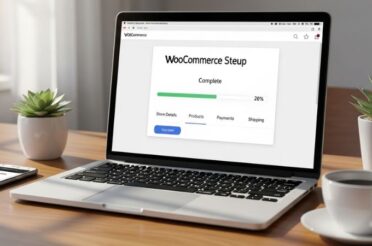Did you know that websites with optimized images can experience a 70% boost in website traffic? Today, images are more than just eye candy; they’re a powerful tool to improve your SEO and user experience.
This guide can help you optimize your website’s images for search engines and engage your audience.
Image optimization refers to making pictures on a site more suitable for search engines to understand and index. It involves techniques to reduce file sizes, improve load times, and provide relevant information to search engine crawlers. Effective Image optimization enhances user experience by ensuring faster page loading and contributes to better SEO performance by search engines with meta tags.
Best Practices for Image Optimization:
1. Choose the Right Image Format:
Selecting the appropriate image format is crucial for optimization. Generally, JPEG is ideal for photographs, while PNG is better suited for transparent images. Choose SVG for logos and icons whenever possible, as they offer scalability without compromising quality.
2. Optimize Image Size and Dimensions:
Large image files can significantly slow down page loading times. Use editing tools or plugins to resize and compress images without compromising quality. Aim for the smallest file size possible while maintaining visual clarity.
Example: Poor- vs. Well-Optimized Image
Imagine you have a product image on your website. A poorly optimized image might be called “IMG_1234.jpg” and be several megabytes. It would take a long time to load and be difficult to index. A well-optimized image, on the other hand, might be called “red-running-shoes-for-men.jpg” and be a few hundred kilobytes in size. It would load much faster and provide a better user experience.
3. Utilize Descriptive File Names:
Before uploading images to your website, rename them with descriptive, keyword-rich filenames. Avoid generic names like “IMG_1234.jpg” and use descriptive phrases that accurately reflect the image content.
4. Add Alt-Text:
Alt-text (alternative text) provides search engines context about an image’s content. Use concise and descriptive alt text that includes relevant keywords to improve the chances of your images appearing in search results.
5. Implement Image Sitemaps:
Including images in your XML sitemap helps search engines discover and index them more efficiently. Ensure your sitemap includes relevant image metadata, such as URL, title, caption, and license information.
6. Leverage Lazy Loading:
Lazy loading defers the loading of non-visible images until they are about to appear on the user’s screen. This technique can significantly improve page load times, particularly for pages with numerous images.
7. Consider Mobile Optimization:
Optimizing images for mobile devices is crucial as more people browse on their phones. Ensure images are appropriately sized and compressed for mobile screens to provide a seamless user experience across all devices.
8. Monitor Performance:
Monitor the Performance of your optimized images regularly using tools like Google PageSpeed Insights or GTmetrix to gain insights into load times and suggestions for further optimization.
Conclusion:
Image optimization has become a non-negotiable aspect of SEO. Following the best practices outlined above, you can ensure that your website’s images contribute positively to its search engine rankings while providing an enhanced user experience. Remember, effective image optimization is not a one-time task but an ongoing process that requires diligence and attention to detail. By incorporating image optimization into your broader SEO strategy, you can take significant strides toward achieving your digital marketing goals.









